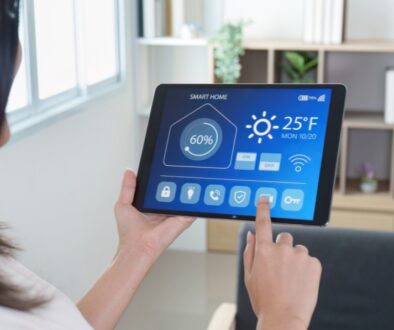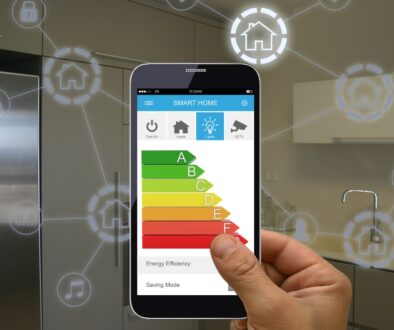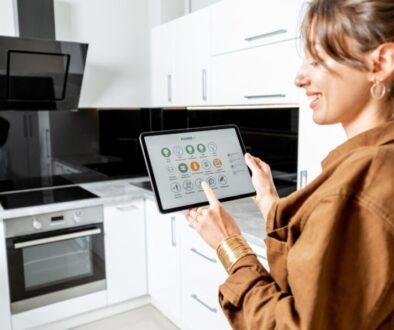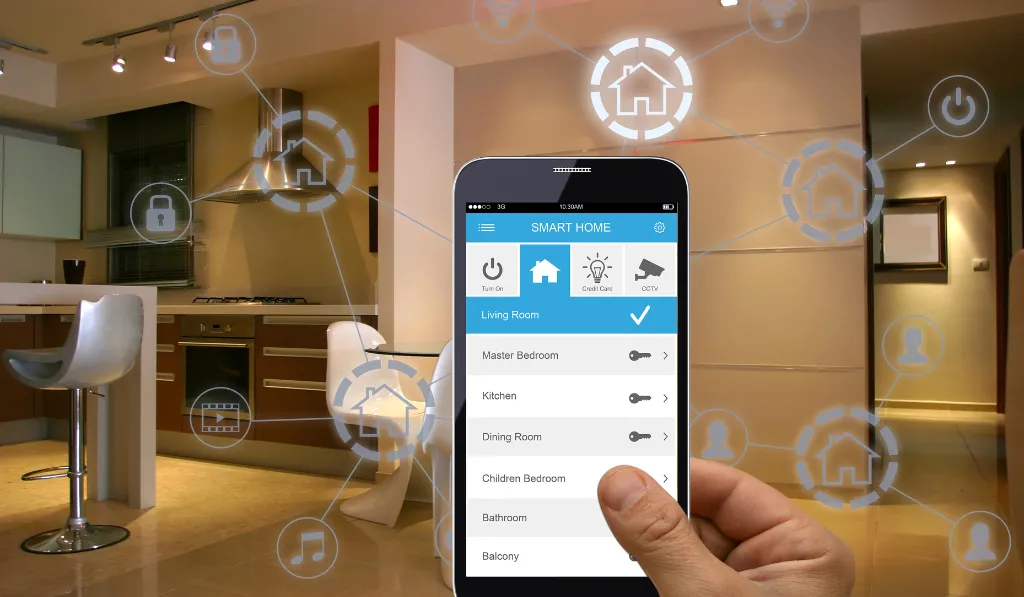Smart home automation devices
A lot of people these days are talking about how they want to automate their homes. The idea is that by automating certain tasks, like turning off the lights or locking the doors, you can save time and energy. But what exactly are smart home automation devices? And how do they work? In order to control your house’s electronics and appliances from one device which might be a smartphone, tablet, or a specific central automation control hub system a home automation system combines hardware and software over a wireless network. Even when you’re not at home, you can still control these gadgets remotely. Some of these operate through apps, some through voice assistants like Siri or Alexa, and yet others directly through the primary automation hub. A home automation system has a wide range of controls, some of which are discussed here.
Home automation types
The number of home automation possibilities is expanding every day, and here are just a few examples of the kinds of gadgets that can be controlled by a home automation controller:
Appliances: To name a few, you may use your phone to control your oven, vacuum, fan, fireplace, and air conditioning devices.
Appliances: To name a few, you may use your phone to control your oven, vacuum, fan, fireplace, and air conditioning devices.
Garage: Before you even round the curve onto your road, open your garage door or gate.
Blinds: You can control the blinds from a distance even if you’re not at home.
Watering systems: Whether you are at home or away, make sure your grass is always freshly watered.
House alarm: Use your home automation system to monitor and record any activity in and around your house.
Thermostat: With a smart thermostat, you can always regulate the temperature of your house.
Energy-saving tips: Keep track of how much electricity each appliance in the house uses, find and get rid of the energy guzzlers, and save money as a result.
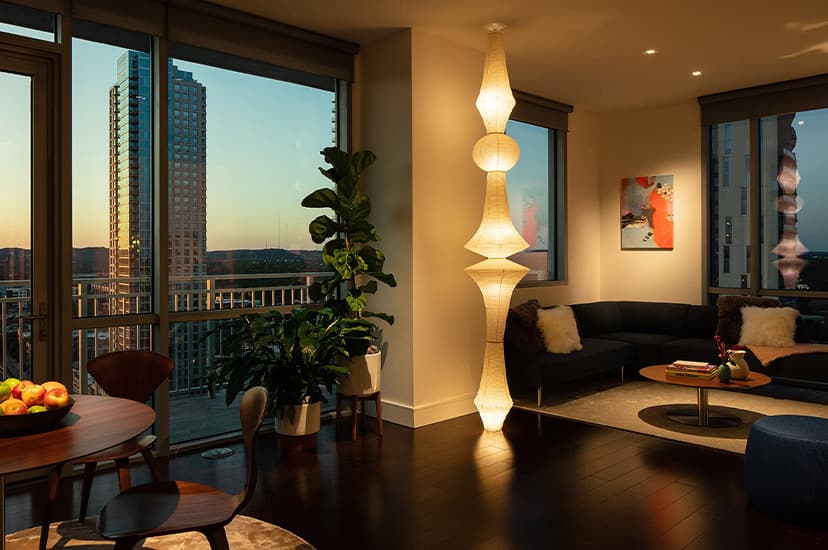
How to choose the right devices for your needs:
When it comes to choosing smart home automation devices, it’s important to consider your needs. What do you want to automate? What are your priorities? Once you know what you need, you can start narrowing down your choices.
Once you’ve found a few devices that meet your needs, it’s time to start thinking about price. How much are you willing to spend on this device? Is it worth the price? Once you’ve considered all of these factors, you can make an informed decision about which device is right for you.
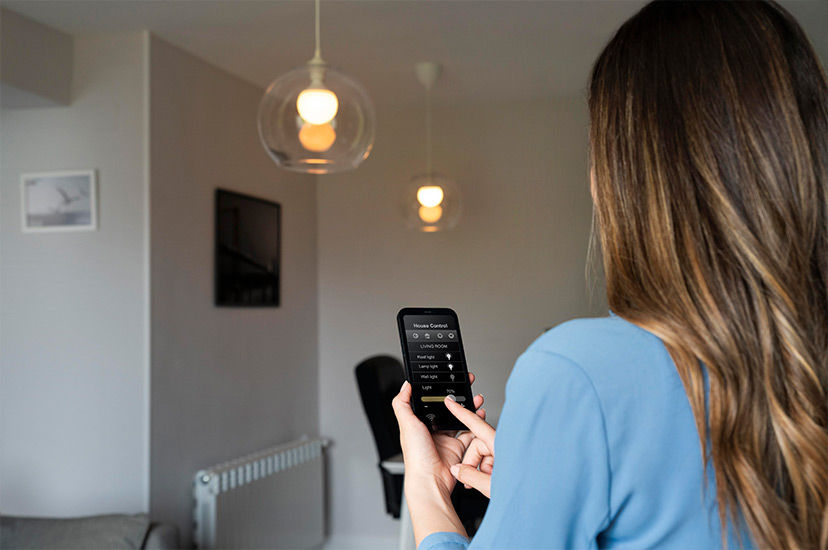
The many benefits of automating your home:
There are many benefits to automating your home, including increased security, convenience, and energy efficiency.
By automating your home, you can control all of your devices and appliances from a single app or dashboard. This means that you can easily keep track of what’s going on in your home, and make changes as necessary. You can also set up automation schedules so that your devices and appliances are only used when you need them.
Automating your home can also help to improve your security. By having all of your devices and appliances connected, you can receive alerts if something unusual is happening in your home. This way, you can take action quickly to resolve the issue.
Finally, automating your home can help you to save money on your energy bills. By scheduling when your devices and appliances are used, you can ensure that they’re only running when necessary. This can help to reduce your overall energy usage, which will save you money in the long run.
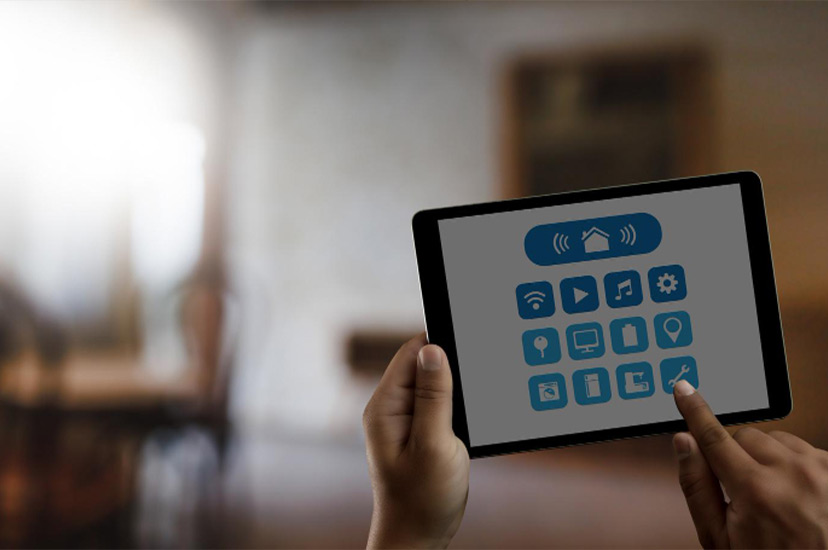
Tips for getting started with home automation:
There are a few key things to keep in mind when getting started with home automation.
First, decide what tasks or activities you want to automate. This will help you determine which devices and features you need.
Second, consider your budget and choose devices that fit both your needs and your budget.
Third, be sure to read the reviews of any device before purchasing it.
finally, have fun! Automating your home can be a rewarding experience.

